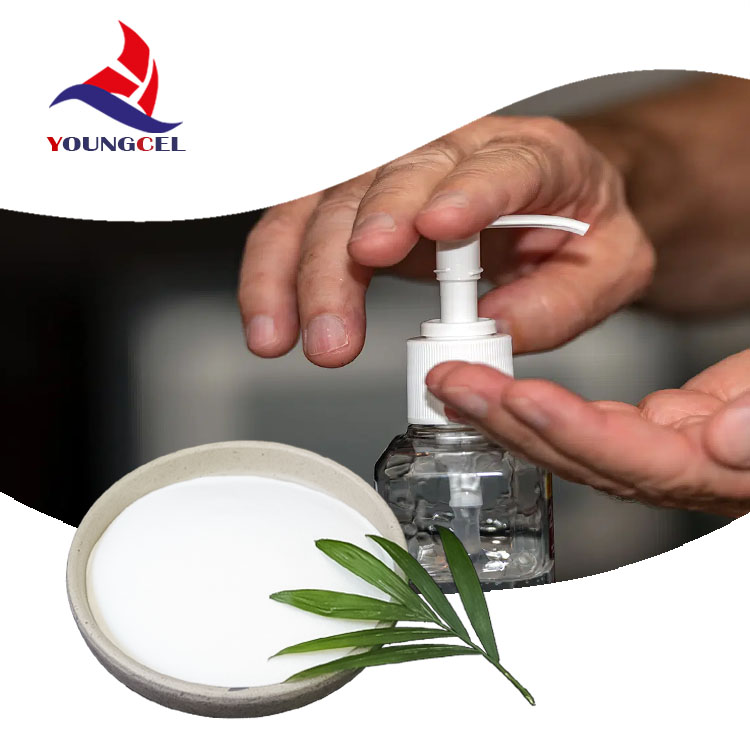Understanding Adhesives for Tile A Comprehensive Guide
When it comes to installing tiles, whether for a kitchen backsplash, bathroom floor, or a decorative wall feature, the choice of adhesive is paramount. The right adhesive not only ensures that tiles stay firmly in place but also impacts the longevity and durability of the installation. In this article, we will explore the various types of adhesives available for tile installations, their properties, and how to choose the right one for your project.
Types of Tile Adhesives
Tile adhesives primarily fall into two categories cement-based and organic adhesives.
1. Cement-Based Adhesives These are the most commonly used adhesives for tile installation. They typically come as a powder that must be mixed with water before use. Cement-based adhesives have excellent bonding properties and are suitable for a variety of tiles, including ceramic, porcelain, and stone. They offer good resistance to moisture, making them ideal for wet areas such as bathrooms and kitchens. Within this category, you'll find thin-set mortars, which are favored for their ease of application and quick drying times.
2. Organic Adhesives These include mastic and other types of tile adhesives that are ready to use straight from the container. Organic adhesives are typically less rigid than cement-based options, allowing for slight movements in the substrate without cracking. However, they are generally not recommended for wet areas due to their susceptibility to moisture damage. Mastics are best suited for walls and for tiles that are less prone to moisture absorption.
Choosing the Right Adhesive
When selecting an adhesive for your tile installation, consider the following factors
adhesive for tile

- Tile Type Different tiles may require specific adhesives. For instance, heavy stone tiles may need a thicker mortar to support their weight, while standard ceramic tiles can often be installed with a standard thin-set.
- Location Assess the installation area. For outdoor or wet environments, it's essential to choose a moisture-resistant adhesive. In contrast, dry interior spaces may allow for more flexibility in adhesive choice.
- Substrate The surface on which you are applying the tiles significantly influences your adhesive choice. Ensure that the substrate is clean, dry, and stable. For example, using a modified thin-set mortar is recommended for installing tiles over drywall or cement board.
- Temperature and Humidity Environmental conditions can affect the curing process of certain adhesives. During high humidity or extreme temperatures, select adhesives that are specifically formulated to handle such conditions.
Application Tips
For optimal results, always follow the manufacturer’s instructions when applying tile adhesive. Make sure to spread the adhesive evenly using a notched trowel, and work in small sections to prevent premature drying. Additionally, allow adequate curing time before grouting to ensure a robust bond between the tiles and adhesive.
Conclusion
Selecting the right adhesive for tile installation is crucial to achieving a successful and lasting result. By understanding the different types of adhesives available and the factors to consider, you can make an informed decision that will enhance the beauty and durability of your tiled surfaces. Whether you choose a cement-based solution or an organic adhesive, taking the time to understand your options will pay off in the long run, providing a stunning finish that stands the test of time.
-
Rdp Powder: Key Considerations for Wholesalers in the Building Materials IndustryNewsJul.08,2025
-
Key Considerations for Wholesalers: Navigating the World of Hpmc - Based ProductsNewsJul.08,2025
-
Hpmc Detergent: Key Considerations for WholesalersNewsJul.08,2025
-
Key Considerations for Wholesalers: China Hpmc For Tile Adhesive, Coating Additives, Concrete Additives, and MoreNewsJul.08,2025
-
Crucial Considerations for Wholesalers: Navigating the World of Construction MaterialsNewsJul.08,2025
-
Key Considerations for Wholesalers Sourcing Additive For Cement, Additive For Concrete, Additive For Putty from Additive Manufacturer Shijiazhuang Gaocheng District Yongfeng Cellulose Co., Ltd.NewsJul.08,2025




